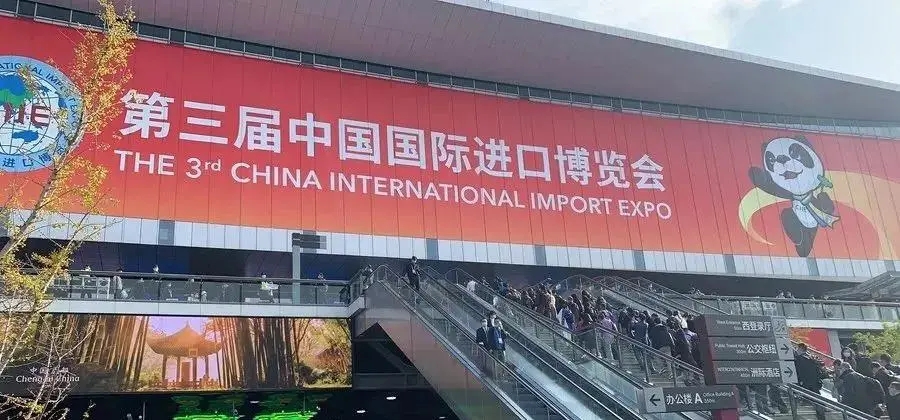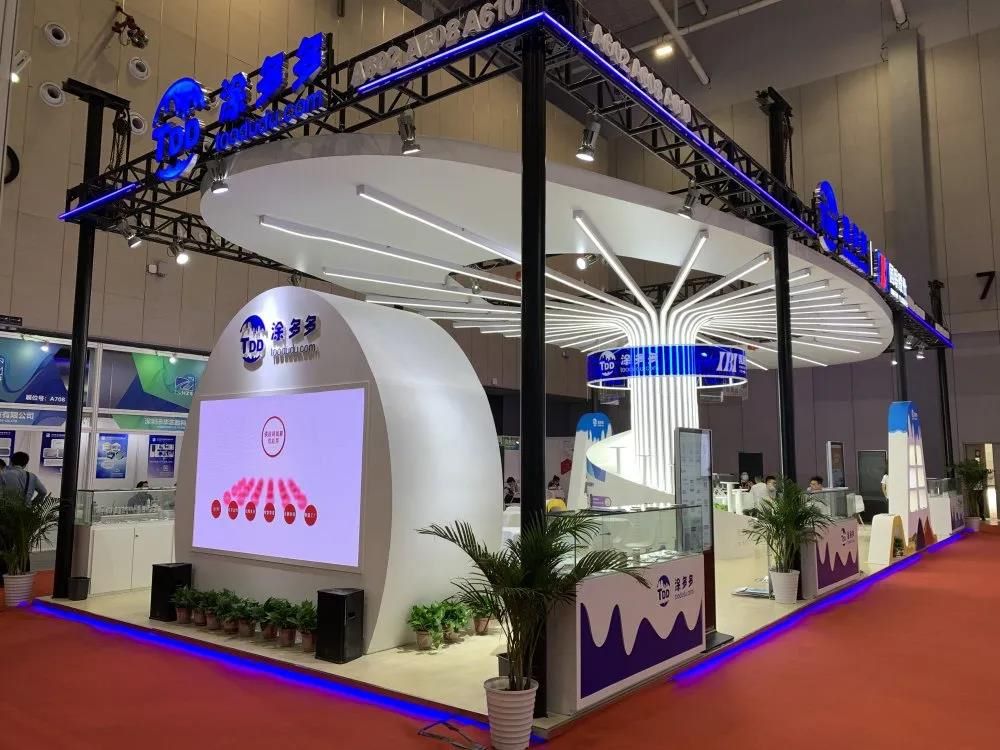SBR: From tire manufacturing to multiple fields
In the modern industrial field, styrene butadiene rubber (SBR) has become an important member of rubber materials due to its unique performance advantages, especially in the tire manufacturing industry.
With the rapid development of the automobile industry, most automobile original equipment manufacturers (OEMs) are committed to developing high-performance and durable vehicles, which makes tire performance specifications increasingly stringent.
Styrene butadiene rubber has become an ideal material for tire applications due to its many advantages such as low rolling resistance, high traction during braking, and low wear.
The low rolling resistance characteristic can effectively reduce the energy consumption of the vehicle during driving, reduce fuel consumption and carbon emissions, which is in line with the current development trend of energy conservation and environmental protection; the high traction during braking provides the vehicle with reliable braking performance under various road conditions and ensures driving safety; the low wear characteristic prolongs the service life of the tire and reduces the user's use cost.
In the tire manufacturing segment, cold styrene butadiene rubber is mainly used for the production of light tires and other mechanical products.
Light tires are usually used in small cars, electric bicycles and other means of transportation, and have certain requirements for the flexibility, comfort and wear resistance of rubber materials. Cold styrene butadiene rubber can better meet these requirements. However, styrene-butadiene rubber is not suitable for all tire scenarios.
It is not suitable for truck tire treads or golf ball elastic cord manufacturing. Truck tires need to withstand huge loads and complex road conditions, and have extremely high requirements for rubber strength, tear resistance and high temperature resistance.
Styrene-butadiene rubber has certain limitations in these aspects; while the elastic cord manufacturing of golf balls requires rubber to have special elasticity and toughness, which styrene-butadiene rubber cannot meet.
In the family of styrene-butadiene rubber, SBR solutions and s-SBR (solution-polymerized styrene-butadiene rubber) have different characteristics and application directions. SBR solutions are usually more expensive than e-SBR (emulsion-polymerized styrene-butadiene rubber) and are mainly used in special applications.
These special application scenarios often have special requirements for the performance of rubber, which ordinary styrene-butadiene rubber cannot meet. SBR solutions can meet these special requirements with their performance after special process treatment or formula optimization. Although the cost is higher, they are indispensable in specific fields.
s-SBR is composed of rubber with different styrene and vinyl levels. This unique molecular structure increases its glass transition temperature (Tg), thereby significantly improving wet grip. On wet roads, the braking and handling performance of vehicles face greater challenges. Good wet grip can effectively prevent dangerous situations such as vehicle skidding and loss of control.
Therefore, s-SBR is particularly useful in high-performance radial car tires and motorcycle treads. High-performance radial tires and motorcycle treads need to maintain good performance under high-speed driving and complex road conditions. The excellent wet grip and other comprehensive properties of s-SBR can provide reliable protection for vehicles and improve driving safety and comfort.
In addition to the tire field, styrene butadiene rubber also has certain applications in other fields. For example, in rubber industrial products, styrene butadiene rubber can be used to manufacture hoses, tapes, seals, etc., providing important parts support for industrial production.
In the field of daily necessities, styrene butadiene rubber is also used to manufacture some rubber gloves, rubber soles and other products to meet people's daily needs.
With the continuous advancement of science and technology and the increasing diversification of industrial needs, the performance of styrene butadiene rubber will continue to be optimized and improved.
In the future, researchers may further enhance the performance of styrene-butadiene rubber by adjusting the formula and improving the production process, expand its application areas, enable it to play an important role in more fields, and bring more convenience and value to modern industry and people's lives.











